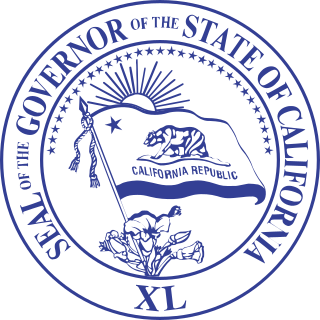
The Governor of California is the head of state and head of government of the U.S. state of California. The California Governor is the chief executive of the state government and the commander-in-chief of the California National Guard and the California State Guard.
A recall election is a procedure by which, in certain polities, voters can remove an elected official from office through a direct vote before that official's term has ended. Recalls, which are initiated when sufficient voters sign a petition, have a history dating back to the constitution in ancient Athenian democracy and feature in several current constitutions. In indirect or representative democracy, people's representatives are elected and these representatives rule for a specific period of time. However, where the facility to recall exists, if any representative comes to be perceived as not properly discharging their responsibilities, they can be called back with the written request of a specific number or proportion of voters.
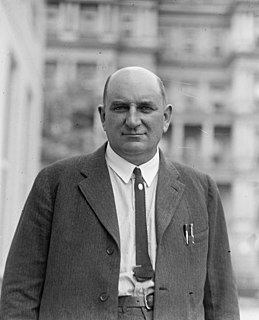
Lynn Joseph Frazier was a politician from North Dakota, serving as a U.S. Senator from 1923 to 1941 and the 12th Governor of North Dakota from 1917 until being recalled in 1921.

The Nonpartisan League (NPL) was a political organization founded in 1915 in the United States by Arthur C. Townley, former organizer for the Socialist Party of America. On behalf of small farmers and merchants, the Nonpartisan League advocated state control of mills, grain elevators, banks and other farm-related industries in order to reduce the power of corporate political interests from Minneapolis, Minnesota and Chicago, Illinois.

The 2003 California gubernatorial recall election was a special election permitted under California state law. It resulted in voters replacing incumbent Democratic Governor Gray Davis with Republican Arnold Schwarzenegger. The recall effort spanned the latter half of 2003. Seven of the nine previous governors, including Davis, had faced unsuccessful recall attempts.

Ragnvald Anderson Nestos was the 13th Governor of North Dakota from 1921 to 1925.
Arthur Charles Townley was an American political organizer best known as the founder the National Non-Partisan League (NPL), a radical farmers' organization which had considerable political success in the states of North Dakota and Minnesota during the second half of the 1910s.
The Independent Voters Association, or IVA, was a North Dakota political organization.

Arthur Gustave Sorlie served as the 14th Governor of North Dakota from 1925 until his death in 1928 at the age of 54.
In the United States, a governor serves as the chief executive officer and commander-in-chief in each of the fifty states and in the five permanently inhabited territories, functioning as both head of state and head of government therein. As such, governors are responsible for implementing state laws and overseeing the operation of the state executive branch. As state leaders, governors advance and pursue new and revised policies and programs using a variety of tools, among them executive orders, executive budgets, and legislative proposals and vetoes. Governors carry out their management and leadership responsibilities and objectives with the support and assistance of department and agency heads, many of whom they are empowered to appoint. A majority of governors have the authority to appoint state court judges as well, in most cases from a list of names submitted by a nominations committee.
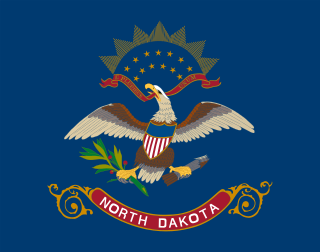
The Politics of North Dakota were shaped historically by early settlement by people from the Northern Tier, who carried their politics west ultimately from New England, upstate New York, and the Upper Midwest. The area and state also received numerous European immigrants and migrants, particularly during the era of opening up of former Native American lands for sale and settlement. Since the late 19th century, the Republican Party has been influential in the state.
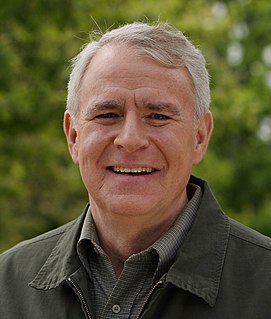
The Wisconsin gubernatorial recall election was a special election to elect the governor and lieutenant governor of Wisconsin. It resulted in voters re-electing incumbent Republican governor Scott Walker over the Democratic candidate Tom Barrett by a larger margin than he had in 2010, in which Walker had also faced Barrett. Recall organizers opposed Walker's agenda, particularly his limiting of collective bargaining rights for state employees and they collected over 900,000 signatures to initiate the recall election process. There was also a recall for Lieutenant Governor Rebecca Kleefisch. She won her race, defeating Democrat Mahlon Mitchell, making her the first lieutenant governor to run in and survive a recall.
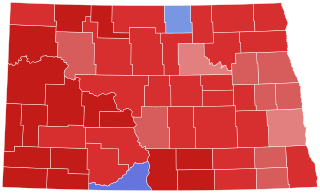
The 2020 North Dakota gubernatorial election was held on November 3, 2020, to elect the Governor and Lieutenant Governor of North Dakota, concurrently with other federal and statewide elections, including the U.S. presidential election. Incumbent Republican Governor Doug Burgum and Lieutenant Governor Brent Sanford were both re-elected to a second term.

The 2022 California gubernatorial election will take place on November 8, 2022, to elect the Governor of California. Democratic Governor Gavin Newsom will face a recall election in 2021 which will determine the incumbent for the 2022 election.

United States gubernatorial elections were held in 1921, in two states.

The 1924 North Dakota gubernatorial election was held on November 4, 1924.

The 1922 North Dakota gubernatorial election was held on November 7, 1922. Incumbent Republican Ragnvald Nestos defeated Nonpartisan League nominee William Lemke with 57.65% of the vote.

The 1920 North Dakota gubernatorial election was held on November 2, 1920. Incumbent Republican Lynn Frazier defeated Democratic nominee James Francis Thaddeus O'Connor with 51.01% of the vote.

The 1918 North Dakota gubernatorial election was held on November 5, 1918. Incumbent Republican Lynn Frazier defeated Democratic nominee S. J. Doyle with 59.75% of the vote.

The 1916 North Dakota gubernatorial election was held on November 7, 1916. Republican nominee Lynn Frazier defeated Democratic nominee D. H. McArthur with 79.24% of the vote.
















